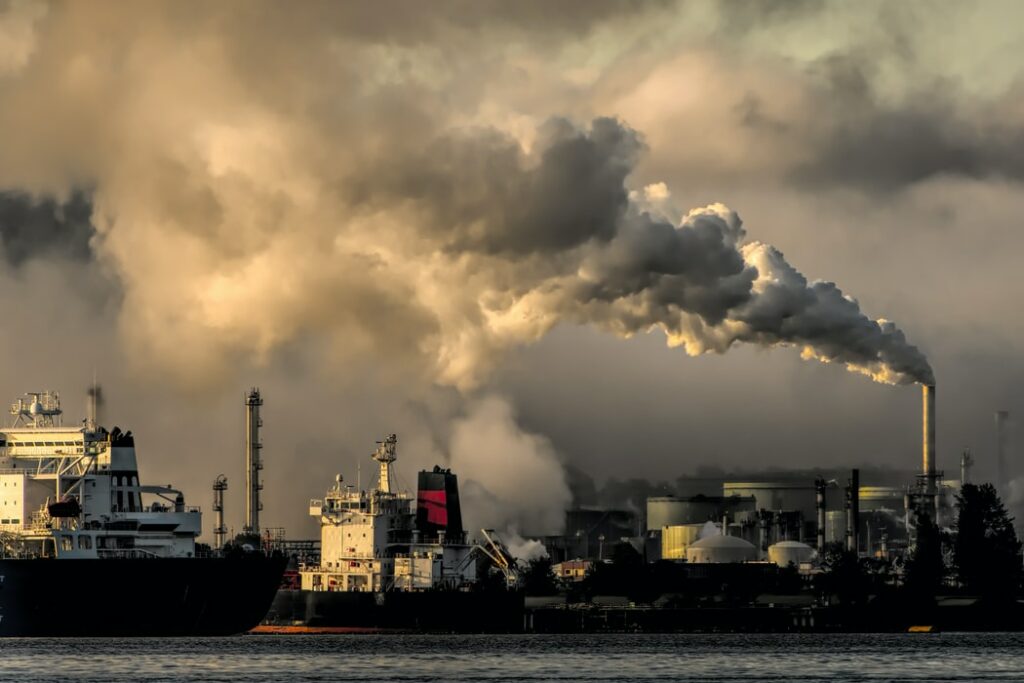Pollution comes in many different forms, but among the most egregious is the emission of harmful particulate matter into the atmosphere. It’s a problem caused by a range of different industries, including transport, construction, and manufacturing.
What is Particulate Matter?
The pollution in question is a mixture of solid particles and liquid droplets, suspended in the air. Particles can be of any size, right down to a couple of micrometres wide. For reference, a human hair is just fifty or so microns wide.
In other words, these particles can be small enough that we don’t see them – but that doesn’t mean that they aren’t there and causing harm.
Particulate matter can be generated through natural causes, like ash from forest fires, or sea spray. But the overwhelming majority of it today is generated by human activity. If you take a circular saw to a length of plywood, you’re going to generate a cloud of sawdust and plastic particles – only some of which will be visible. Tobacco smoke, the internal combustion engine.
What does this mean for our health?
Certain particles have an easy time penetrating the lungs and causing damage. These tend to be the smallest ones. Often, we can assume that the air in most places is clean, because we can’t see any visible pollution. But, in fact, there’s particulate matter in the air that could be carcinogenic.
Air pollution is estimated to cause around forty thousand early deaths each year in the UK. Many of these deaths are brought forward by heart diseases, lung cancer and stroke. But the damage doesn’t have to be fatal: children might find that the growth of their lungs is stunted if they’re exposed to enough airborne particles.
People living in built-up city centres are at greater risk than others.
What about the Environment?
Nitrogen oxides are a particularly damaging form of particulate matter, released on a vast scale by engine exhausts. It can contribute to the acidification of lakes and rivers, which can cause acid rain that erodes buildings and wildlife alike.
When the groundwater becomes too acidic, trees can be prevented from growing – which means that they capture less carbon. Through this mechanism and others, particulate matter contributes to climate change.
What can we do?
If you’d like to reduce your exposure to air pollution, then you might elect to avoid high-traffic roads, or leaving a vehicle idle in an enclosed space, like a garage. There’s also the battery Electric Vehicle to consider, which doesn’t generate any particulate matter.
If you’re working in an environment where particulate matter is a hazard (like a workshop), then you might think about industrial gas cleaning systems, which scrub the air. In some cases, this is impracticable – and so wearing the right kind of facemask represents a compelling alternative.
A solution on a more societal level would be to find alternatives to polluting activities. This might mean using an electric car rather than an ICE-powered one or more frequently opting to take public transport or even walk.


